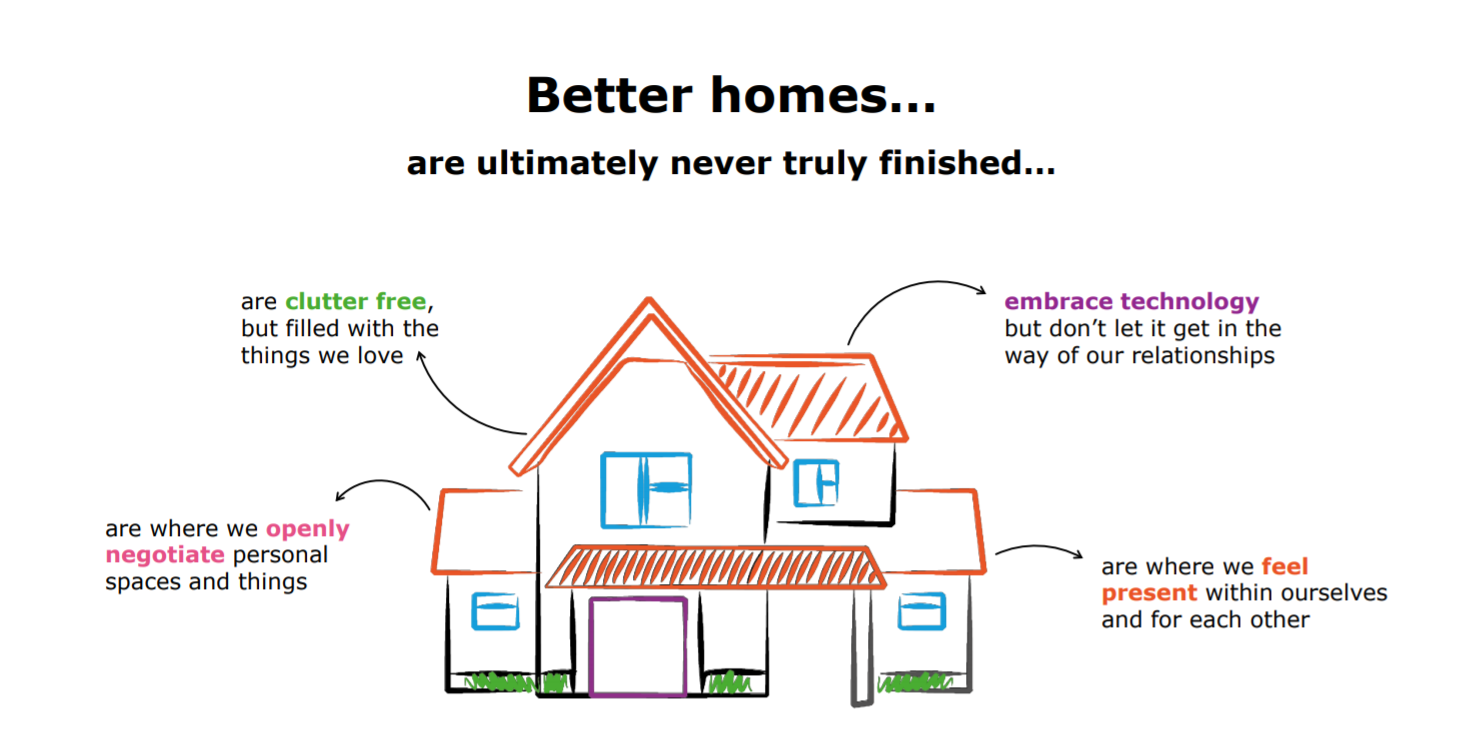
How many times have you gone to clean your home only to spend the majority of your time tidying up before you can actually pull out a vacuum or dust rag? Frustration mounts as you realize that postponing putting away the little things has accumulated into a lot of time spent putting everything back into its rightful place. Instead of devoting hours to tidying before you start cleaning your home consider dividing this time across your week by instilling a few habits that prevent the pileup from occurring.
These five simple daily habits take mere seconds or minutes out of your day, and if everyone in the home does the same, it will become almost effortless to keep your home tidy.
1 Put Shoes Away: Once at home, remove your shoes. A few pairs by the door is ok, but your entire shoe collection is not. Return shoes to the closet at the end of the day and leave out only what you will wear the following day.
2 Put Clothes Away: The same rule for shoes applies to your clothing. It serves no purpose on the floor or draped over a chair other than to invite more clutter. Put away your clothes, whether in the laundry hamper or re-hung. Slightly worn but not ready for the wash? Find alternative hooks (such as over the door) or create a section of your closet to hang these items for re-wear.
3 Straighten up the Living Room: Before you head to bed each evening put away anything that does not belong in the living room. By resetting the living room every evening you start the morning free of clutter, ready to use the space for guests or just to relax in.
4 Clear Counters: Make sure the dishes are washed and put away, paperwork is sorted and recycled or put into an action pile. Odds and ends with no home quickly collect on counters (and dining tables); find a home for them or throw them away.
5 Make the Bed: Before you head out the door in the morning make your bed. Whether this is immediately after you wake up, or after you get dressed or have had breakfast; the simple act of making your bed makes your room feel instantly tidy.
If you need help clearing and reducing the clutter to save time cleaning, explore the benefits of working with a professional organizer. To find more space, focus and time contact sorted.by Melissa. I want to help you live a more organized life. Let’s get you sorted.










